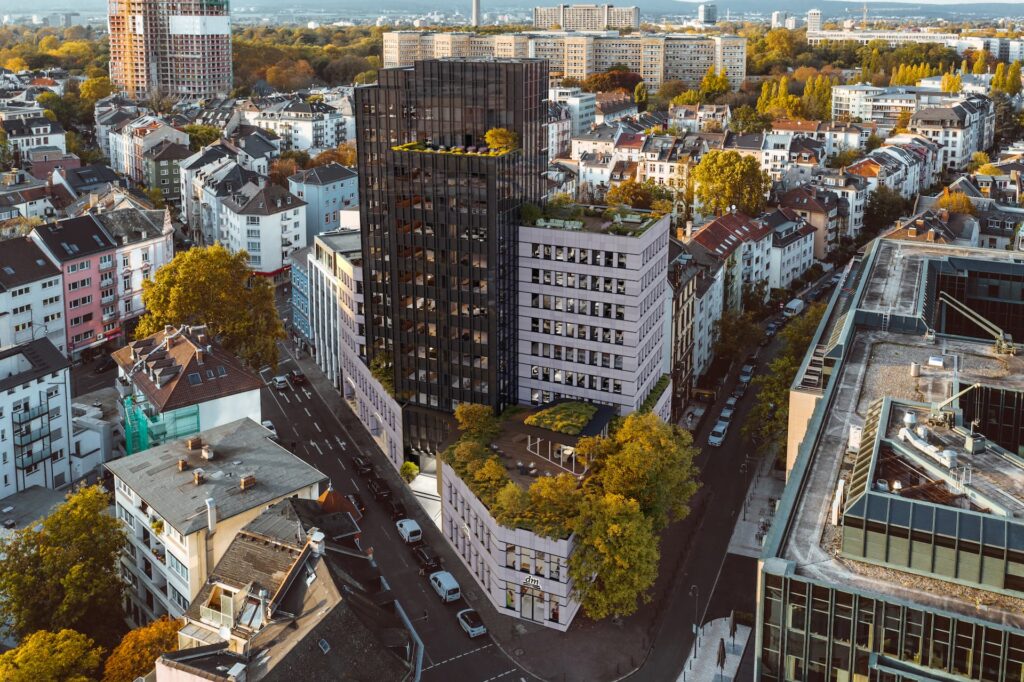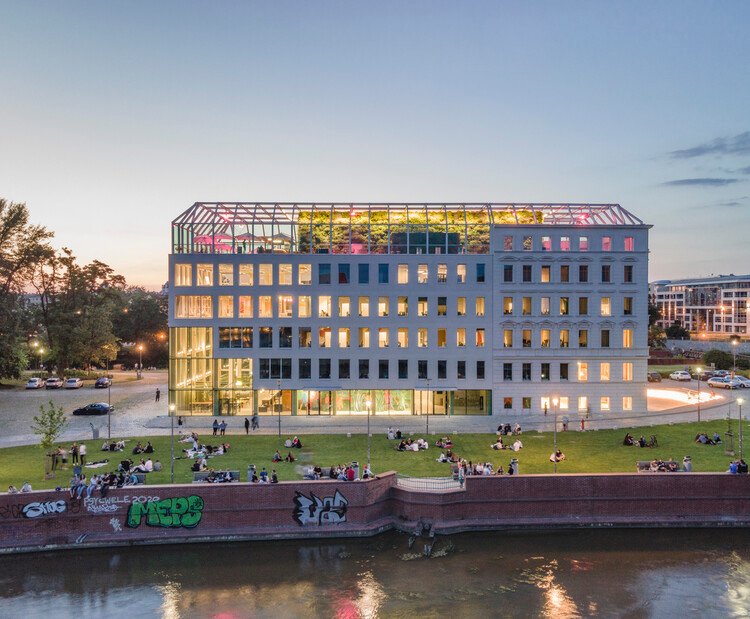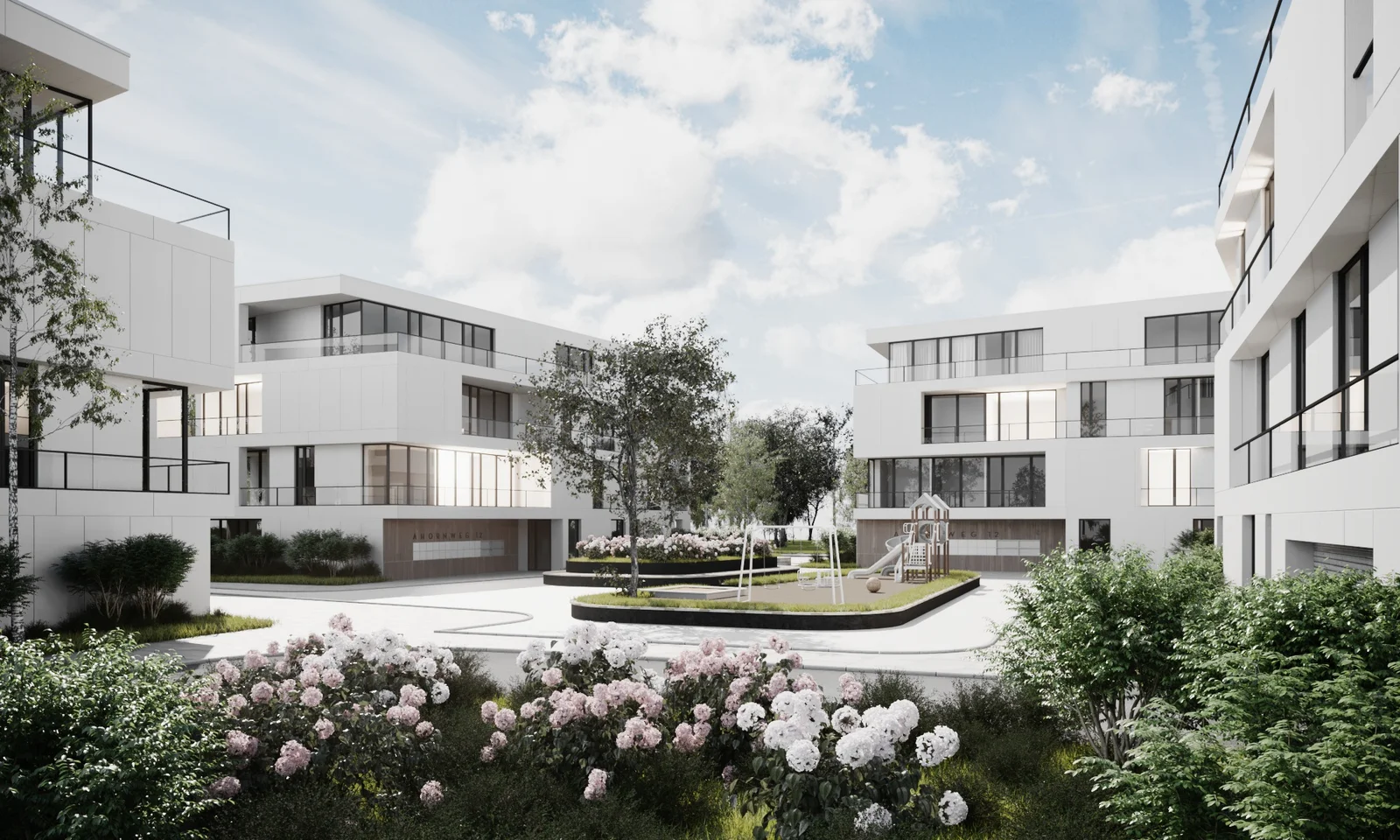Nighttime Lighting as a Focal Point in Hospitality Visualizations
As the hospitality industry evolves, so does its approach to visual aesthetics. One of the critical aspects that have emerged in recent years is the use of nighttime lighting. It serves to enhance the ambiance, create a unique identity and elevate the guest experience. This blog post will delve into the importance of nighttime lighting as a focal point in hospitality visualizations.
Understanding the Role of Nighttime Lighting in Hospitality
Nighttime lighting, in its essence, is much more than just a functional element; it is a powerful visual tool that can significantly impact a venue’s perceived atmosphere and emotional appeal. It has the potential to create an unforgettable visual experience that goes beyond mere functionality.
The Importance of Nighttime Lighting
Nighttime lighting is a crucial element in defining the ambiance of a space. It has a significant impact on how customers perceive and interact with a venue, affecting their overall experience. The right lighting can create a warm, inviting atmosphere, while the wrong lighting can make a space feel cold and uninviting. Therefore, it’s critical for hospitality businesses to pay attention to the lighting in their venues, especially during the nighttime when it can dramatically transform the space.
The Art of Creating a Unique Identity with Lighting
Lighting is an excellent way for hospitality businesses to create a unique identity. Each venue can use lighting in different ways to reflect its personality and brand. It can be used to highlight architectural features, create different moods in different areas, or even create a sense of drama and excitement. By carefully considering the type and placement of lighting, businesses can create a distinctive and memorable visual experience for their guests.
Understanding the Importance of Nighttime Lighting in Hospitality Visualizations
Impact on Guest Experience
Nighttime lighting is not just about illuminating spaces; it’s about creating an atmosphere that enhances the guest experience. In hospitality visualizations, lighting plays a vital role in setting the mood and creating an immersive experience. It can transform a regular space into a visually appealing one, thereby increasing the likelihood of attracting potential guests.
For instance, if we consider a resort visualization, the inclusion of well-placed, subtle lighting can create a soothing and relaxing environment, imitating a real-life experience. In contrast, if we visualize a bustling city hotel, vibrant and dynamic lighting can evoke excitement and energy that aligns with the urban setting.
Importance in Safety and Navigation
Beyond aesthetics and ambiance, nighttime lighting is crucial for safety and navigation. In hospitality visualizations, this practical aspect of lighting cannot be overlooked. Properly lit pathways, entrances, and exits not only ensure the safety of the guests but also contribute to a seamless guest experience.
In a visualization, lighting can guide the guests through the layout of the property, highlighting important areas such as reception, restaurants, or emergency exits. This not only provides a clear understanding of the facility but also instills a sense of security and confidence in the guests.
Implementing Nighttime Lighting in Hospitality Visualizations
Balancing Function and Aesthetics
When it comes to implementing nighttime lighting in hospitality visualizations, it’s crucial to strike a balance between function and aesthetics. While the lighting should serve its practical purpose of visibility and safety, it shouldn’t compromise the overall visual appeal of the property.
Therefore, it’s important to experiment with different types of lighting such as ambient lighting, task lighting, accent lighting, and decorative lighting. These can be strategically used in different areas of the property to create a holistic and visually appealing nighttime experience.
Utilizing Technology for Enhanced Visualization
With advancements in technology, implementing nighttime lighting in hospitality visualizations has become more precise and impactful. Software like CAD and BIM allows designers to create realistic lighting simulations. These tools provide the ability to experiment with different lighting scenarios, analyze their effects, and make necessary adjustments to achieve the desired result.
In conclusion, nighttime lighting is indeed a focal point in hospitality visualizations. It serves a dual purpose of enhancing the aesthetic appeal while ensuring safety and navigation. By understanding its importance and implementing it effectively, one can create hospitality visualizations that are not only visually stunning but also functional and guest-friendly.In conclusion, the importance of nighttime lighting as a focal point in hospitality visualizations cannot be overstated. Not only does it enhance the aesthetic appeal of a space, but it also significantly influences the overall guest experience. Thoughtfully designed and executed lighting strategies can transform an ordinary location into a magical setting, creating memorable experiences for guests. In the competitive hospitality industry, where first impressions matter greatly, effective use of nighttime lighting can provide a significant edge. Hence, it is essential for hospitality businesses to invest in good quality lighting solutions and creative visualization techniques to attract and retain their clientele.







